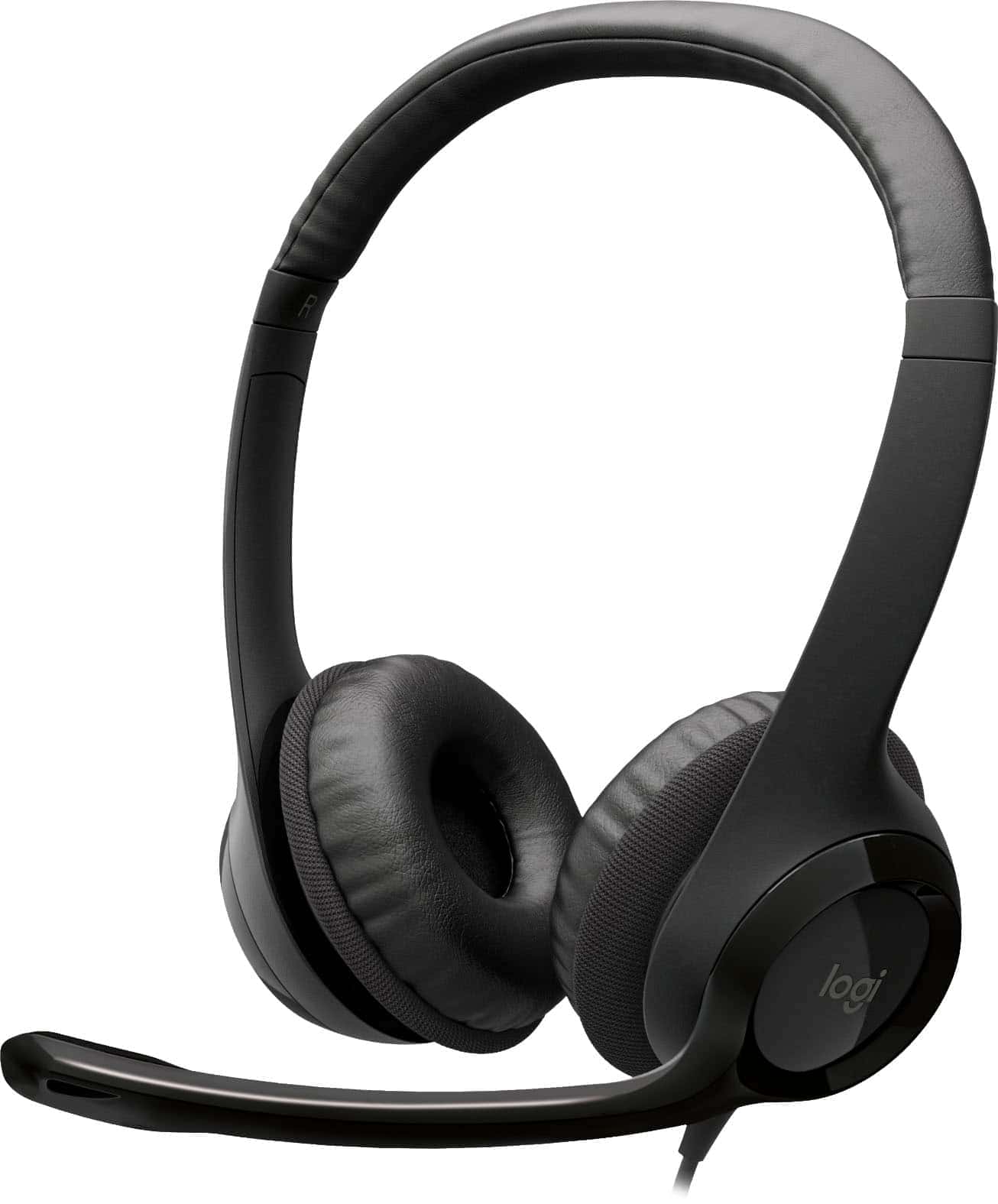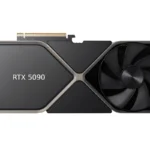USB headsets offer a simple way to talk and listen on computers. They plug right into a USB port. No need for extra sound cards or adapters. USB headsets provide clear sound and easy setup for work, gaming, or chatting online.
These headsets come in many styles. Some have one ear piece, others cover both ears. Many include a microphone that can be adjusted or muted. Comfort is key for long use. Soft ear cushions and light weight designs help.
Sound quality varies between models. Cheaper ones work fine for basic needs. Pricier options give richer audio for music or games. Features like noise canceling can block outside sounds. This helps focus during calls or while gaming.
Choosing the Right USB Headset
USB headsets are a popular choice for clear communication and audio. They offer plug-and-play simplicity and often come with features like noise-canceling microphones and in-line controls. Here’s a guide to help you choose the right USB headset:
Types of USB Headsets
- Monaural (single ear): Ideal for situations where you need to be aware of your surroundings while still taking calls or listening to audio. Good for office environments or call centers.
- Binaural (two ears): Provides immersive sound and better noise isolation. Suitable for gaming, listening to music, and video conferencing.
Key Features to Consider
- Microphone Quality: Look for headsets with noise-canceling microphones to reduce background noise and ensure clear voice transmission.
- Sound Quality: Consider the audio drivers and frequency response for rich and accurate sound reproduction. If you’re a gamer or audiophile, look for headsets with features like surround sound.
- Comfort: Pay attention to the headband and earcup design. Look for adjustable headbands, padded earcups, and lightweight materials for long-term comfort.
- Controls: In-line controls for volume, mute, and call answer/end can be very convenient.
- Durability: Choose headsets made with quality materials that can withstand daily use.
- Wired or Wireless: Wired USB headsets offer a stable connection. Wireless USB headsets provide freedom of movement but require a USB dongle and may have battery life limitations.
Popular USB Headset Brands
- Logitech: Known for reliable and affordable headsets with good sound quality. Popular models include the H390 and H650e.
- Jabra: Offers a wide range of headsets for different needs, including office use and call centers. Popular models include the Evolve 40 and Speak 510.
- HyperX: Focuses on gaming headsets with features like virtual surround sound and comfortable designs. Popular models include the Cloud Stinger Core and Cloud Alpha.
- Sennheiser: Known for high-quality audio and comfortable designs. Popular models include the PC 8 USB and SC 60 USB ML.
Choosing the Right Headset for Your Needs
- For Office Use: Look for headsets with noise-canceling microphones, comfortable designs, and clear audio for calls and video conferencing.
- For Gaming: Prioritize headsets with immersive sound quality, comfortable earcups for long gaming sessions, and a durable build.
- For Music and Entertainment: Focus on headsets with good audio drivers and a wide frequency response for accurate sound reproduction.
USB Headset Troubleshooting Tips
- Check Connections: Ensure the USB connector is properly plugged into your computer.
- Adjust Volume Settings: Check the volume controls on the headset and your computer.
- Update Drivers: Make sure you have the latest audio drivers installed for your headset.
- Test with Different Applications: Try using the headset with different apps to see if the issue is specific to one program.
- Restart Your Computer: A simple restart can sometimes resolve audio issues.
By considering these factors and exploring the options available, you can find the perfect USB headset to meet your needs.
Understanding Headset Compatibility
While most USB headsets are compatible with a wide range of devices, it’s important to keep a few things in mind:
- USB-A vs. USB-C: Make sure the headset’s USB connector matches the ports on your computer. You may need a USB-A to USB-C adapter if they don’t match.
- Operating System Compatibility: Most headsets work with major operating systems like Windows, macOS, and Chrome OS. However, some headsets may have specific software or drivers that are only compatible with certain operating systems.
- Compatibility with Gaming Consoles: Some USB headsets are designed for use with gaming consoles like PlayStation and Xbox. Check the headset’s specifications to ensure compatibility if you plan to use it with a console.
- Compatibility with Unified Communications (UC) Platforms: If you use platforms like Microsoft Teams or Zoom, look for headsets that are certified for these platforms to ensure optimal performance and compatibility.
By checking these compatibility factors, you can ensure that your USB headset works seamlessly with your devices and applications.
Key Takeaways
- USB headsets plug in easily and work right away on most computers
- Comfort and sound quality are important when picking a headset
- Different styles suit various needs, from office use to gaming
Technical Specifications and Features
USB headsets come with a range of specs and features. These affect sound quality, ease of use, and comfort.
Audio and Microphone Quality
USB headsets offer good audio quality for calls and music. Many have 40mm to 50mm drivers for clear sound. Frequency response ranges from 20Hz to 20kHz, covering most audible sounds. Some gaming headsets boast 7.1 surround sound for immersive experiences.
Microphones are key for clear communication. Noise-canceling mics filter out background sounds. This helps in busy offices or noisy homes. Some high-end models use multiple mics for better voice pickup.
Sound quality varies between budget and premium options. Higher-end headsets may have wider frequency ranges and better bass response.
Connectivity and Compatibility
USB headsets plug directly into computers and other devices. This makes setup easy – just plug and play. Most work with Windows, Mac, and Chrome OS without extra software.
Some newer models offer USB-C connections. These work with many modern laptops and phones. Wireless USB headsets use Bluetooth or a USB dongle. They give more freedom of movement.
Compatibility is wide for USB headsets. They work with PCs, Macs, and many gaming consoles. Some are certified for use with specific software like Discord or Skype.
Design and Build Quality
Comfort is crucial for headsets worn for long periods. Many have padded headbands and ear cups. Memory foam padding is common in mid-range and premium models. This molds to the user’s head shape.
Adjustable headbands let users find the right fit. Flexible boom mics can be positioned as needed. Some mics flip up to mute, which is handy for quick breaks.
Build materials range from plastic to metal. Premium headsets may use aluminum or steel for durability. Ear cups are often made of leatherette or breathable fabric. This affects both comfort and sound isolation.
User Experience and Convenience
USB headsets offer ease of use and many helpful features. They make work and play more enjoyable for lots of people.
Comfort and Fit
USB headsets come in many styles to fit different needs. Over-ear designs cover the whole ear for good sound blocking. On-ear models are lighter but let in more outside noise. Memory foam ear cups help both types feel soft.
Many headsets have adjustable headbands. This lets users find the right fit for long wear. Lightweight materials like plastic keep the headsets from feeling heavy. Some high-end models use premium materials like leather for extra comfort.
Usage Scenarios
USB headsets work well for many tasks. Gamers like them for clear team chat during online play. Office workers use them for video calls and virtual meetings. They’re great for listening to music or watching movies too.
The mute button helps in busy spaces. Users can quickly cut their mic if needed. Volume controls on the cord or ear cup make quick changes easy. Long cables on wired models give users room to move.
Wireless USB headsets offer even more freedom. But users must watch battery life. Some can last 20+ hours on one charge.
Additional Features
Many USB headsets have extra perks. Noise-canceling mics filter out background sounds. This helps in noisy homes or offices. Some gaming models have colorful lights that sync with on-screen action.
Built-in sound cards boost audio quality. They process sound better than basic PC audio. Some headsets offer surround sound for more immersive gaming or movies.
Software lets users fine-tune their headset. They can adjust EQ settings or set up custom audio profiles. Some apps also track battery life or update firmware.







